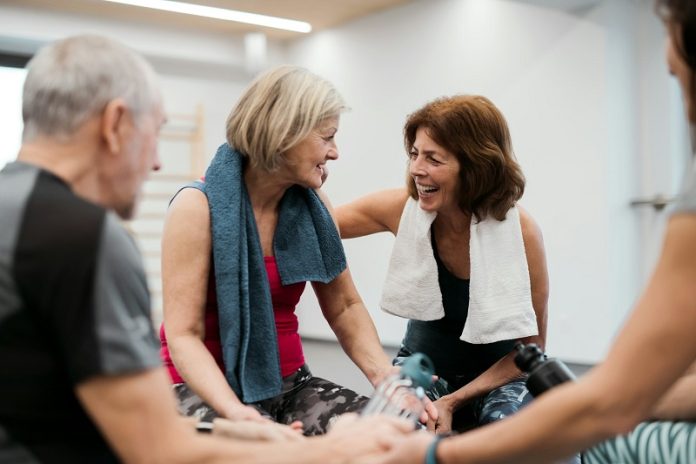
A recent study from Monash University has found that older Australians would exercise more and better if exercise classes were more affordable.
The research, led by Dr. Christina Ekegren and her team from the Rehabilitation, Aging, and Independent Living (RAIL) Research Center, involved 7,000 people over the age of 65.
These exercise classes were organized by Exercise and Sports Science Australia (ESSA) and funded by the Australian Government through the Australian Sports Commission.
The study showed that subsidized 12-week exercise classes, which were of low-to-moderate intensity and led by accredited exercise professionals, significantly improved physical function and reduced the amount of time participants spent sitting.
These findings were published in three reputable journals: the Journal of Aging and Physical Activity, BMC Geriatrics, and the Journal of Science and Medicine in Sport.
The main goal of the study was to understand what factors influenced participation in community-based exercise classes for older Australians.
It also aimed to see how participation in these classes affected physical activity levels and to assess the cost-effectiveness of the program.
Dr. Ekegren emphasized the importance of this research for understanding the benefits and cost-effectiveness of subsidized exercise classes for older adults.
“Despite the barriers that older adults face in engaging with exercise programs, there is still significant potential for improvements in strength, mobility, and physical activity participation,” she said.
The “Exercise Right for Active Aging” program reached older Australians from all over the country, including regional and remote areas. Participants included those over 85 years old and many with multiple health conditions.
The classes were taught by accredited exercise scientists (AESs) and physiologists (AEPs) in various community settings like fitness centers and health centers.
The classes included activities such as aerobics, aqua aerobics, pilates, balance, yoga, circuits, and gym exercises. Each participant paid an average of $8 per class.
The program was inspired by a recommendation from the World Health Organization (WHO) Global Action Plan on Physical Activity, which encourages nations to strengthen physical activity programs for older adults.
According to the WHO, up to 60% of older adults worldwide do not meet the recommended levels of physical activity. Cost has been identified as a major barrier to participation in exercise programs.
Dr. Brendan Joss, president of ESSA, highlighted the importance of staying physically active for good health and reducing the risk of multiple health conditions.
“We need scalable, affordable, and effective programs that address the health concerns of our aging population,” he said. Subsidized exercise classes taught by accredited professionals can help more older Australians stay active, despite physical limitations or stigma.
Dr. Joss also noted that funding subsidies would be an effective and low-cost strategy for improving health outcomes and the quality of life for older Australians. The physical improvements observed in the study included better performance in sit-to-stand exercises, timed up-and-go tests, and reach and waist measurements.
“The large number of older people who joined this program shows the need for subsidized classes,” Dr. Ekegren said. “The ESSA classes were popular, valued, and made a real difference in the quality of life, especially in rural and regional areas.”
In summary, making exercise classes more affordable can help seniors stay active and healthy, improve their physical function, and enhance their quality of life.
If you care about wellness, please read studies about nutrients that could combat inflammation in older people, and essential foods for healthy aging.
For more health information, please see recent studies about the link between processed foods and chronic diseases, and a simple diet change for a healthier life after 65.



